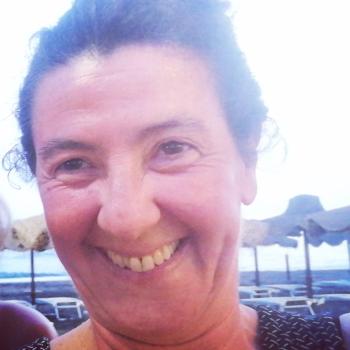Evaluating and comparing health quality for addiction treatment in the Lazio region, Italy
Background
PReValE (Programma Regionale per Valutazione di Esito) is a web based outcome research program conceived and implemented in the Lazio region as a tool for promoting a dialogue among healthcare managers and professionals to promote quality of health care.
It has been developed by the Department of Epidemiology – Health Service Lazio to compare hospital performances and outcomes for a wide range of health care services. Since 2019 drug addiction treatment indicators have been included. The main purpose is to compare and eventually highlight difference in the performance at the level of minimal health addiction service unit (ASL) according to client residence, to improve quality of care and contrast health inequalities.
Methods
We defined seven quality performance indicators in six different clinical treatment areas, according to substance use disorder: all substances (SUD), opiates (OUD), cocaine (CUD), alcohol (AUD), other substances; unspecified substance (uSUD) is an indicator for the accuracy of data registration. Most indicators were selected according to their use in international studies. The indicators were defined using information collected from regional health information systems for addiction (SIRD). Crude and adjusted rates were estimated for a one-year period.
Results
The main results of the PReValE 2023 edition for the drug addiction indicators showed a trend toward increased data quality throughout the years, since uSUD are markedly decreasing, mostly for incident cases. Data are routinely discussed among professionals and audit is promoted.
Using as a reference the Lazio region for yearly incident cases for OUD, CUD and AUD, we noticed an increase in CUD in a specific ASL (adj RR: 1.41, p<0.001), as well as a decrease in AUD (adj RR=0.68, p<0.001) and OUD in more than one ASL (adj RR=0.57, p<0.001; ad RR=0.44, p<0.001; adj RR=0.63, p=0.062).
As a performance process indicator, we observed a very low coverage for HIV and HCV testing and the crude proportion of new clients tested for HIV and HCV, respectively , is decreasing along the years (in 2018 7.38% and 8.96%; in 2022 3.29% and 4.54%) and variable across the services.
Conclusion Comparative evaluation of public drug treatment center performance is a useful tool for improving health care quality and tackling health inequalities.
The results of different incident rates across services do not necessarily show a different drug treatment demand; on the contrary, they could show different treatment offers by ASL, making some centers more attractive than others.
Regular feedback with professionals seems to increase the quality of the data and the accountability of treatment centers .
On the other hand, our results can have some limitations, especially regarding the marked variability in the coding accuracy of SIRD, although the advantage of using administrative data is evident in terms of low cost, large populations, and the participation of all public treatment providers
